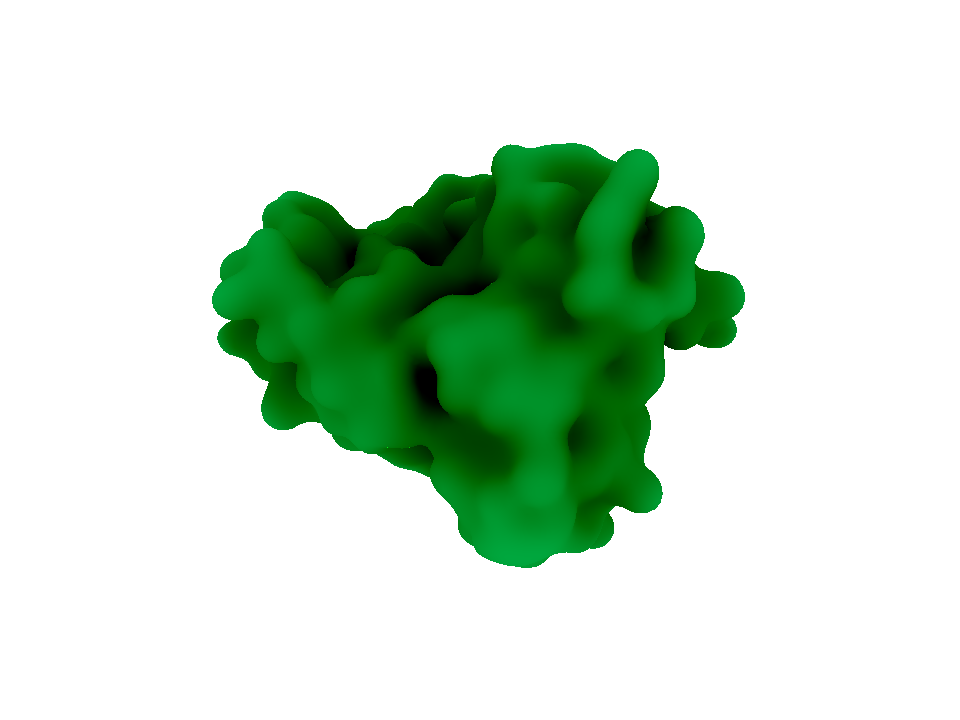Team:Brown-Stanford/PowerCell/Introduction
From 2011.igem.org
(Difference between revisions)
(Created page with "placeholder") |
|||
| Line 1: | Line 1: | ||
| - | + | {{:Team:Brown-Stanford/Templates/Main}} | |
| + | |||
| + | == '''Introduction''' == | ||
| + | Before bringing synthetic organisms to do work on Mars, one needs to answer the question of what to feed the cultures. Bringing media and nutrients from the Earth to supply large-scale bioreactors is slow and inefficient. PowerCell is a cellular energy generator engineered with blue-green algae (cyanobacteria) to fix atmospheric N2 and CO2 and export them to other cells. When grown alongside synthetic Escherichia coli, these highly compatible “power plant” cells will fuel the generation of useful products such as medicine, heat, food, and other necessities. Our project aims to prove that cyanobacteria co-cultured with E. coli can become a self-sustaining system. | ||
| + | |||
| + | [[File:Brown-Stanford InvA.png|center|400px]] | ||
| + | |||
| + | |||
| + | {{:Team:Brown-Stanford/Templates/Foot}} | ||
Revision as of 21:31, 17 August 2011
Introduction
Before bringing synthetic organisms to do work on Mars, one needs to answer the question of what to feed the cultures. Bringing media and nutrients from the Earth to supply large-scale bioreactors is slow and inefficient. PowerCell is a cellular energy generator engineered with blue-green algae (cyanobacteria) to fix atmospheric N2 and CO2 and export them to other cells. When grown alongside synthetic Escherichia coli, these highly compatible “power plant” cells will fuel the generation of useful products such as medicine, heat, food, and other necessities. Our project aims to prove that cyanobacteria co-cultured with E. coli can become a self-sustaining system.
 "
"






